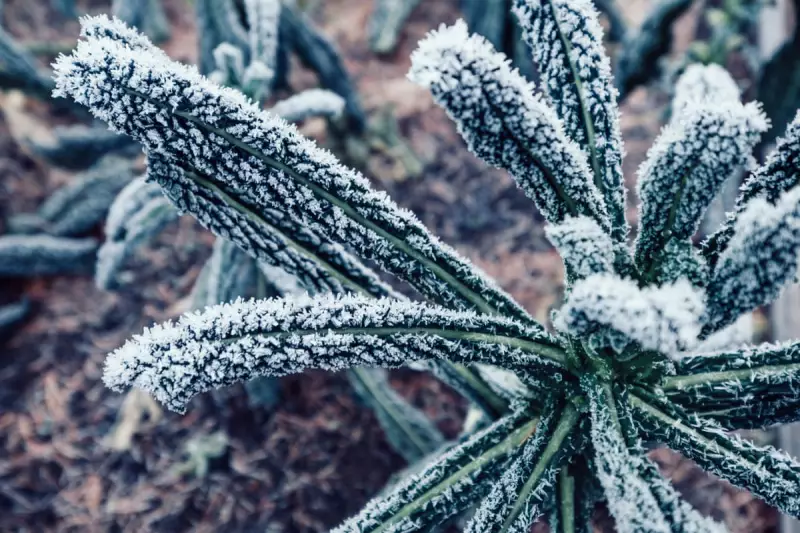
British gardeners are facing an unexpected challenge as an unseasonably early frost threatens to damage vulnerable plants across the country. With temperatures dropping suddenly, many gardeners are scrambling to protect their precious blooms and vegetables from the icy onslaught.
Why This Early Frost Poses a Serious Threat
Unlike typical autumn frosts that give plants time to harden off gradually, this sudden temperature plunge catches many species unprepared. Tender perennials, late-season vegetables, and container plants are particularly at risk of suffering irreversible damage overnight.
Immediate Protection Strategies for Tonight
Emergency covering is your first line of defence. Use horticultural fleece, old bedsheets, or even newspaper to create a protective barrier over vulnerable plants. Remember to remove covers once temperatures rise above freezing the following morning.
Container plants should be moved to sheltered positions against house walls or into greenhouses if available. Grouping pots together provides additional insulation against the cold.
Long-Term Preparations for the Coming Weeks
Soil and Mulching Techniques
A thick layer of organic mulch around the base of plants acts like a warm blanket for roots. Straw, bark chips, or well-rotted compost applied now will protect root systems from freezing temperatures.
Strategic Watering Practices
Water plants during the morning rather than evening, as damp soil retains heat more effectively than dry soil. However, avoid overwatering, as saturated soil can freeze more readily.
Which Plants Need Urgent Attention?
- High Priority: Tender perennials like dahlias and cannas, late tomatoes, basil, and other heat-loving herbs
- Moderate Risk: Semi-hardy plants such as penstemons and fuchsias
- Generally Safe: Hardy native plants and established shrubs
Creating Microclimates in Your Garden
Strategic planting near walls or fences can provide natural protection. South-facing positions typically remain several degrees warmer than exposed areas. Consider installing temporary windbreaks using fleece or woven barriers to shield particularly vulnerable beds.
Monitoring and Early Warning Systems
Invest in a reliable minimum-maximum thermometer to track overnight lows in your specific garden. Many weather apps now provide frost warnings specific to your postcode, giving you valuable advance notice.
By taking these proactive measures now, British gardeners can significantly reduce the risk of frost damage and ensure their gardens continue to thrive as we transition into the colder months. The key is acting quickly – don't wait until you see damage to implement protection strategies.





